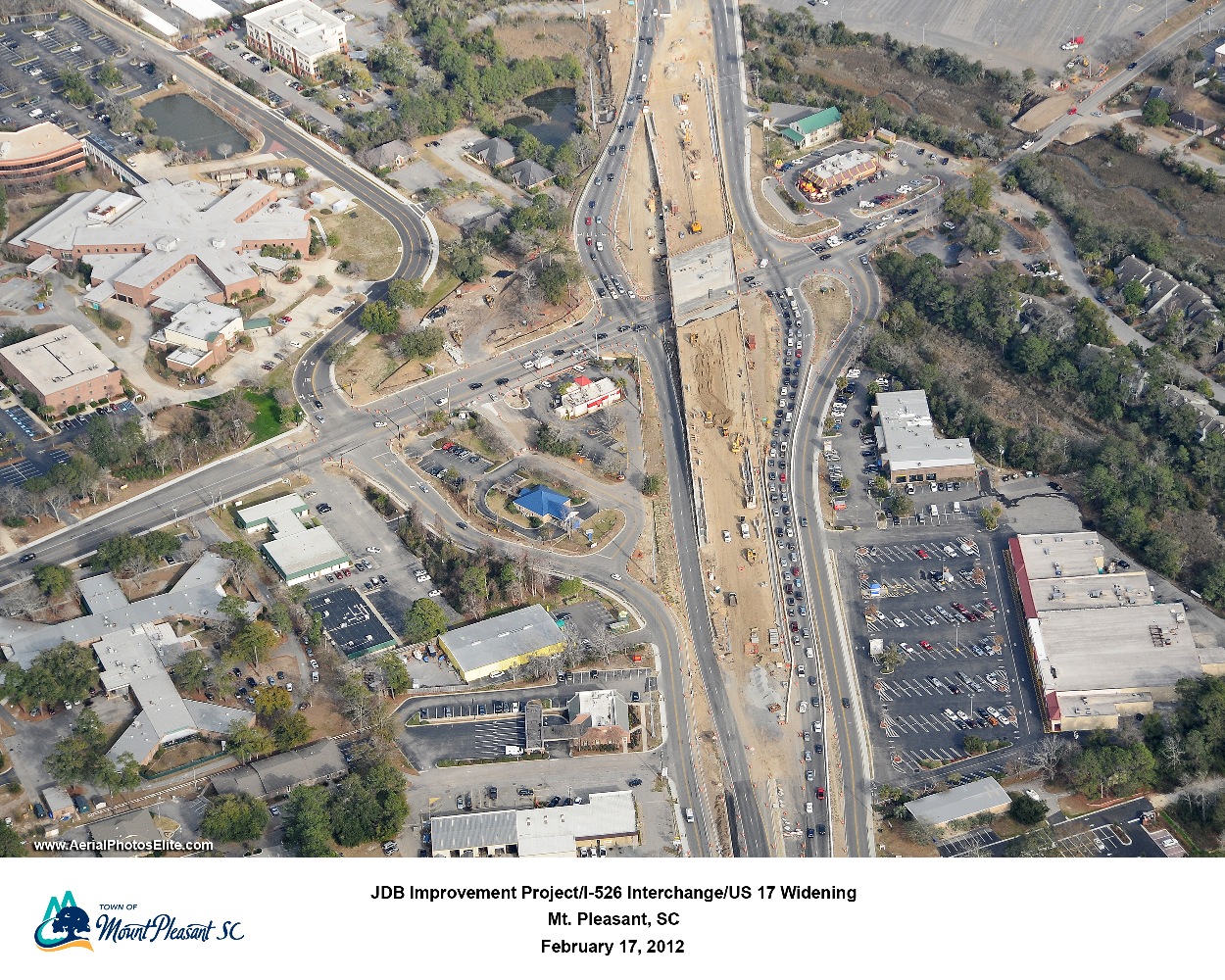INRIX, a leader in the traffic services industry, has recently released its 2011 National Traffic Scorecard, which details traffic congestion across the United States. It found that while traffic congestion dropped by about 30 percent in 2011, commuters in some of the country’s largest metropolitan areas can spend nearly 60 hours of their lives each year sitting in rush-hour traffic — that amounts to almost a week and a half of vacation time annually! Drivers in Hawaii (America’s No. 1 most congested city) endured 55.5 hours of traffic standstills in 2011 while Charlotte (No. 25) drivers sat through 18.9 hours of tragic jams.
In South Carolina, Greenville was No. 45 with drivers wasting 10.7 hours in traffic, Charleston ranked No. 69 with commuters spending an average of 7.6 hours each year sitting in traffic, and Columbia was ranked the 87th most congested city in the country with an average of 3.3 hours wasted in traffic each year.
Here are some local traffic statistics and characteristics:
- Weekday morning traffic volume in the Charleston area is heaviest by 6:00 a.m. and then gradually declines until it bottoms-out by 11:00 a.m.
- On average, Wednesdays are the busiest morning traffic days, and Fridays are the quietest.
- Daytime traffic is the quietest between 10:30 a.m. and 12:00 p.m., Mondays through Thursdays (making this the best time to travel around Mount Pleasant and the rest of the Charleston area if you have a choice).
- Lunchtime travel can be a bit congested in areas with high concentrations of businesses, banks and eateries (such as Johnnie Dodds Boulevard), as employees frequently drive to grab food and run errands during their lunch breaks.
- During the school year, traffic begins getting heavy by 2:00 p.m. with school busses and parents on the road to pickup students at the end of the day. This traffic gradually builds to 5:00 p.m. rush hour.
- In the summer months during school vacations, the traffic starts a little later, usually around 3:00 p.m. as employees who make it to work by 7:00 a.m. begin leaving.
- Rush-hour traffic peaks by 5:15 p.m. and almost completely diminishes by 6:45–7:00 p.m. as long as no major problems occur.
- By afternoon rush hour, Charleston’s busiest traffic day is Friday.
- On Fridays, afternoon traffic begins earlier and tapers off earlier than on Mondays through Thursdays.
- Overall, the quietest afternoon traffic weekday is Monday.
All these traffic stats lead us into perhaps the biggest traffic issue in Mt. Pleasant: Johnnie Dodds Boulevard. If you haven’t traveled along Johnnie Dodds (Highway 17) lately, brace yourself. It is not the same road it was a year ago! The massive overhaul of Johnnie Dodds Boulevard and its main associated intersecting and frontage roads began in January 2011 and is slated for completion in the spring of 2013. All project details can be found at Charleston County’s Roadwise website.
To date, the most notable part of the project is the April 14, 2012, opening of the overpass spanning Bowman Road. Johnnie Dodds now travels over Bowman. No more staring at McDonalds while waiting for the line of cars to move; now, traffic just keeps going in both directions with a diamond-shaped interchange connecting the two roads and Interstate 526. It will be interesting to revisit the INRIX scorecard in years to come to see the impact of this and other Charleston-area road improvements on local traffic congestion statistics. Hopefully, we’ll see traffic volume increase as the area grows and congestion decline as the roads improve.

